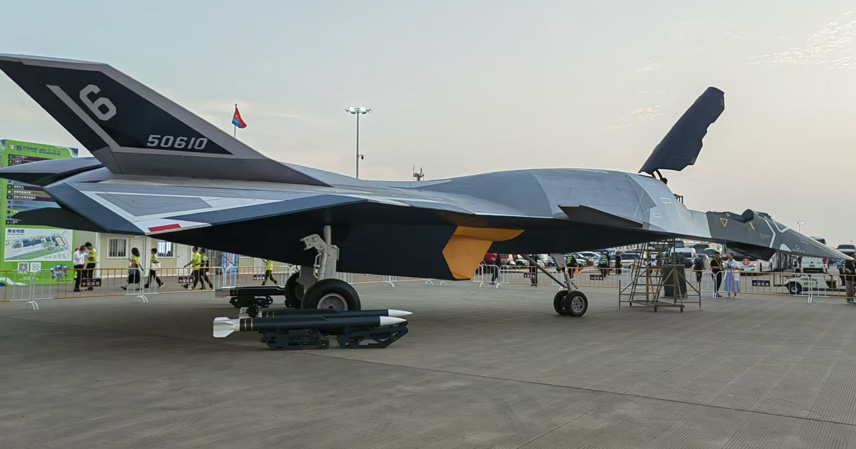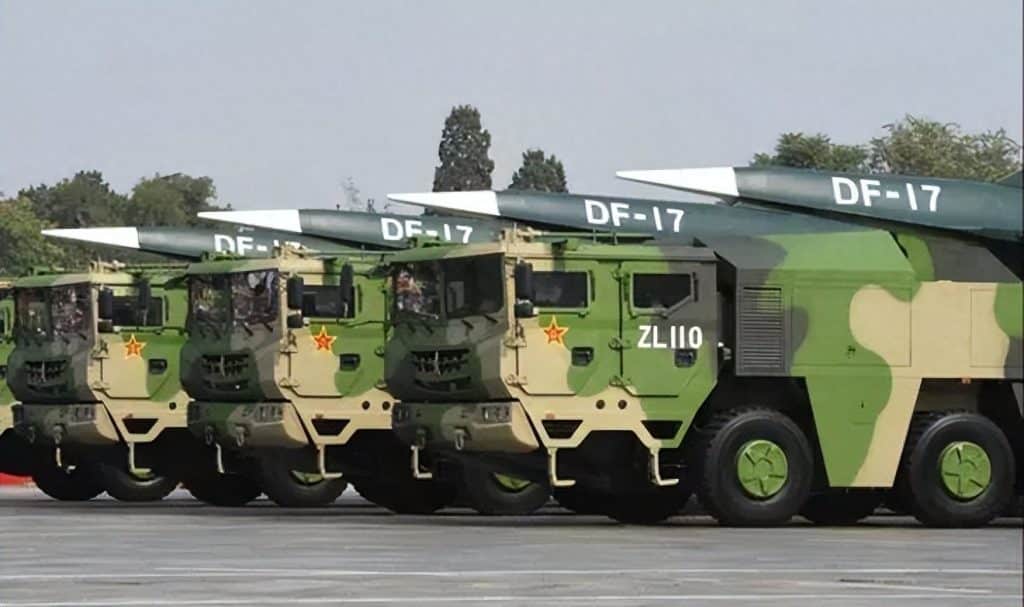On September 19, 2025, the Changchun International Aviation Exhibition kicked off amid massive buzz. When the lights illuminated the “South Gate Project” zone, the crowd was transported into an unreleased sci-fi blockbuster. The “Chengying” tactical drone mech, “Hanguang” vertical takeoff armed platform, and next-gen “Baidi” aero-space fighter took center stage, their sleek, cutting-edge designs leaving military enthusiasts gasping, “The future is here.” Beyond the awe and excitement, this showcase prompts deeper reflection—not just on the hardware, but on the strategic vision, technological storytelling, and global power dynamics it reveals.

Clarifying the “South Gate Project”
First, a key point: The “South Gate Project” isn’t an official military program code. It’s a forward-looking conceptual initiative by Aviation Industry Corporation of China (AVIC) and partner research units, blending advanced ideas with cutting-edge tech to envision a 21st-century aero-space combat system. This hybrid of “tech preview + strategic simulation” highlights China’s progress in hypersonics, AI, and directed-energy weapons, signaling to the world: China’s military modernization isn’t about catching up—it’s about shaping future battlefield rules.
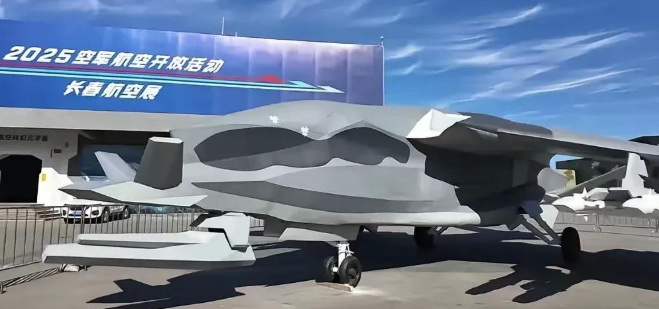
Take the “Baidi” fighter: Its specs—Mach 5+ speeds, full AI control, 1,500 km radar range, microwave anti-missile tech—are still in conceptual validation, but each ties to real breakthroughs. The YJ-21 hypersonic missile, already on active ships, proves propulsion and guidance advances. Onboard microwave systems likely stem from China’s investments in space solar power and high-power microwave transmission. These “sci-fi” elements are bold integrations of proven tech domains.
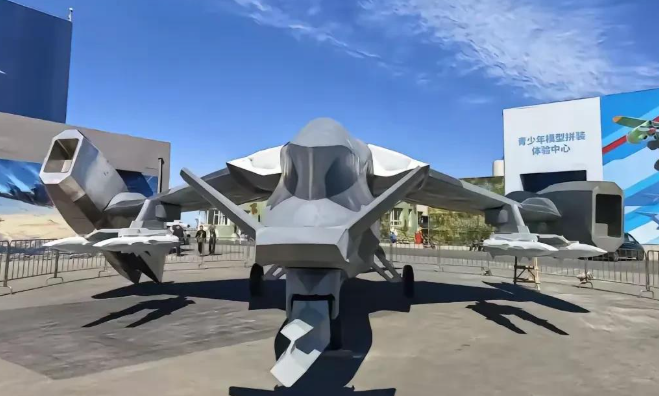
Revolutionizing Combat Forms
The “Chengying” and “Hanguang” signal paradigm shifts in warfare. “Chengying”, a manned-unmanned teaming tactical mech, points to intelligent, modular, networked single-unit operations. “Hanguang”’s vertical takeoff challenges traditional amphibious and air assault limits. Together, they forecast: Future wars won’t hinge on single-platform superiority, but on information dominance and rapid response in systemic battles. This “point-to-network” evolution defines sixth-gen fighters and integrated aero-space warfare.
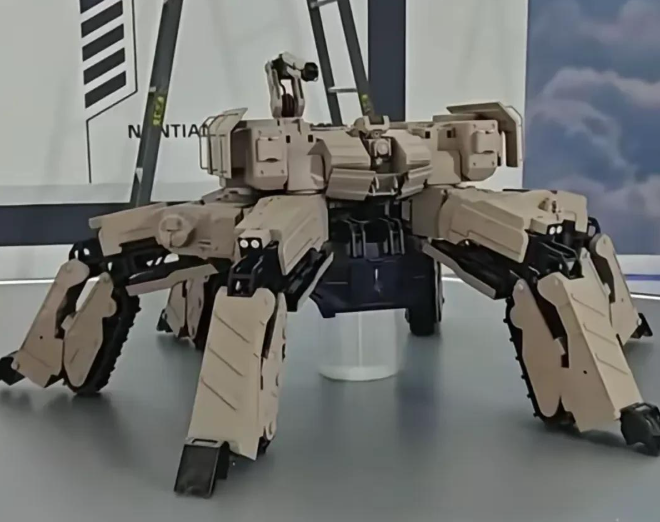
Public Buzz and Misconceptions
Online chatter mixes hype with myths—like “alien bases on the moon’s far side” or “gear for extraterrestrial threats”—blurring sci-fi with defense strategy. Yet, the project’s genius lies in harnessing public imagination to craft a “tech myth” that’s both deterrent and alluring. This soft power—more potent than hardware—forces rivals to respect China’s long-term innovation and tempts partners with collaborative potential.
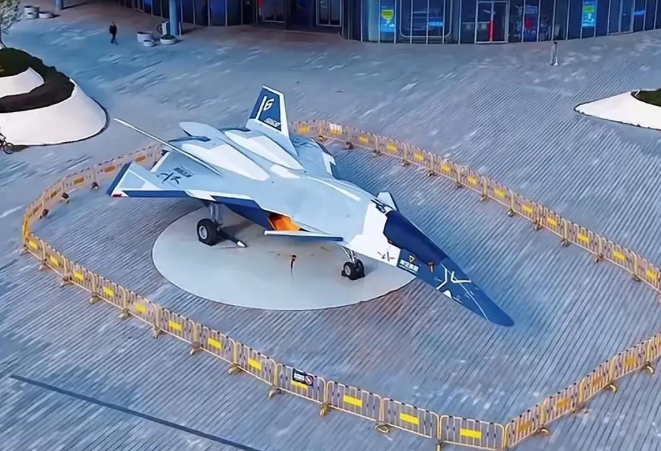
A Strategic Dialogue
Ultimately, the “South Gate Project” is a scripted conversation. It shatters silence with visuals, guides expectations with concepts, and draws a fuzzy yet firm red line between reality and rhetoric: China isn’t just playing in future wars—it aims to co-author the rules. While the West debates if the F-47 needs pilots, China has transcended generational races for higher-dimensional strategy.
That’s the real takeaway.

References:
- AVIC announcements and conceptual designs at 2025 Changchun Air Show
- Global Times and SCMP reports on Chinese sixth-gen aviation concepts
- Xinhua previews of Changchun Air Show 2025

